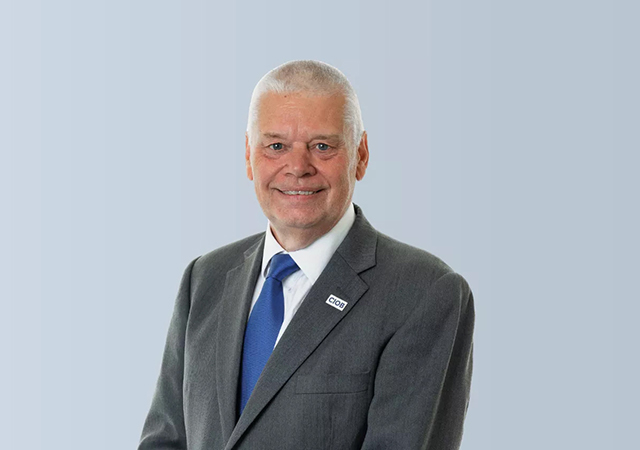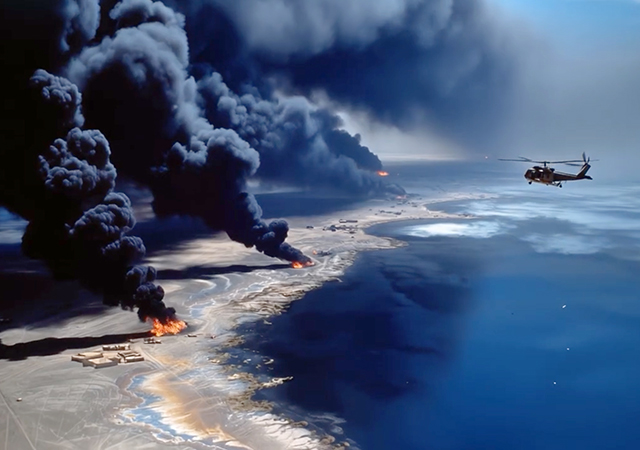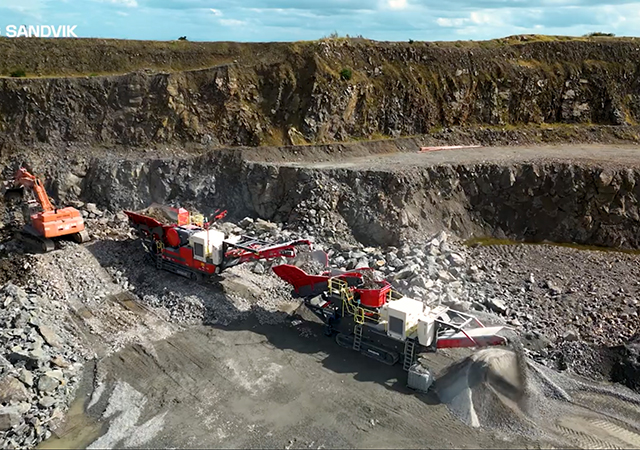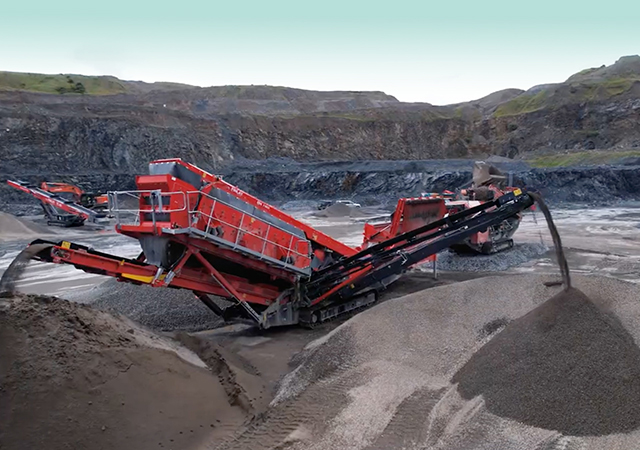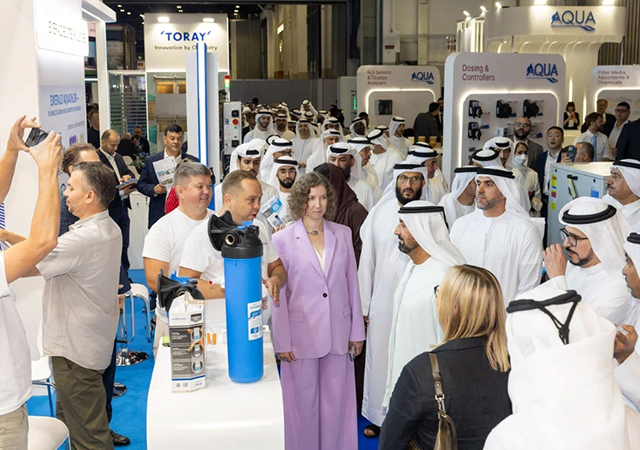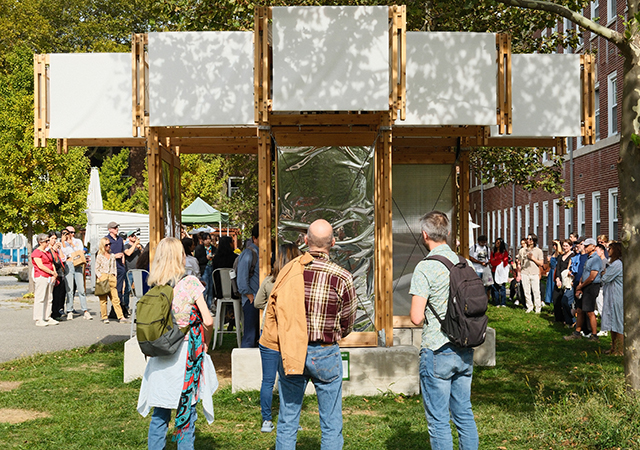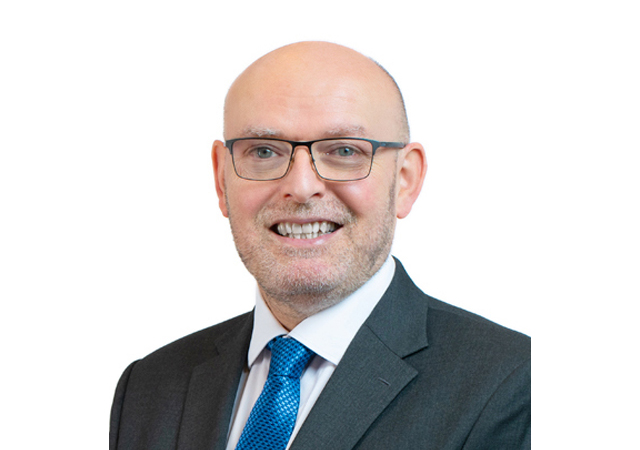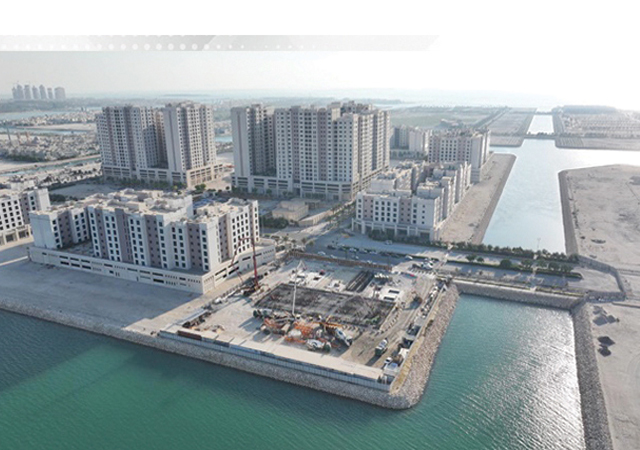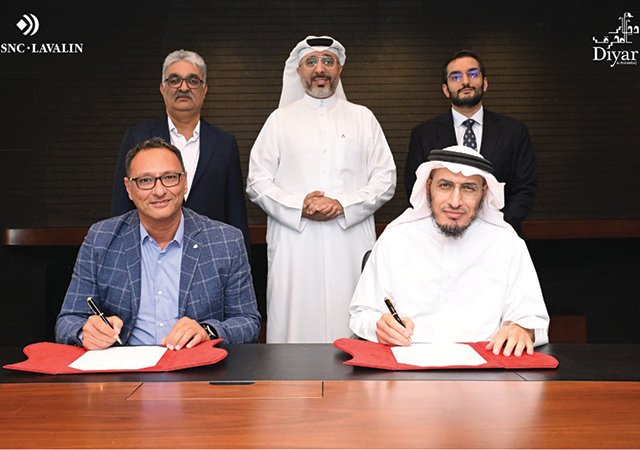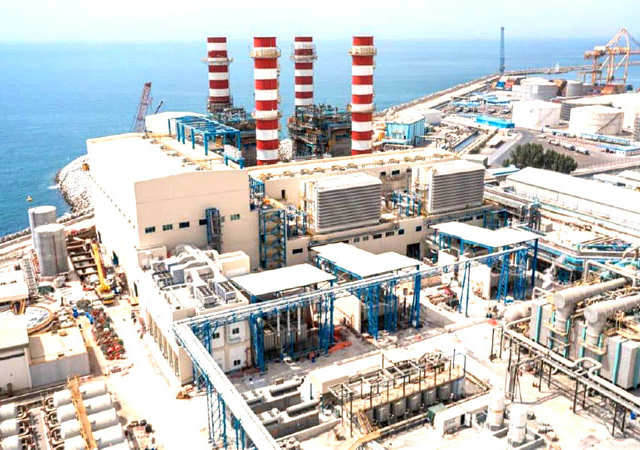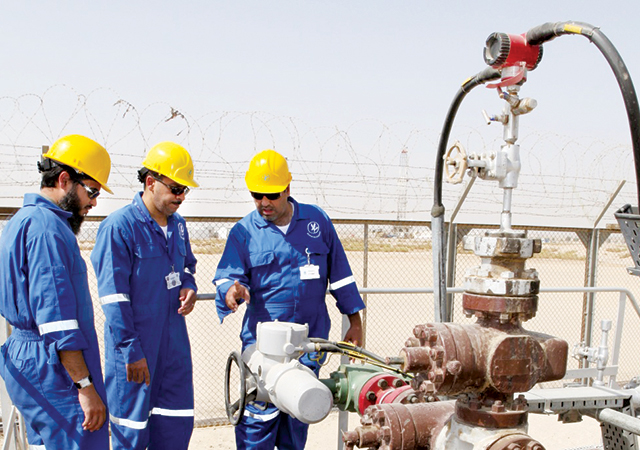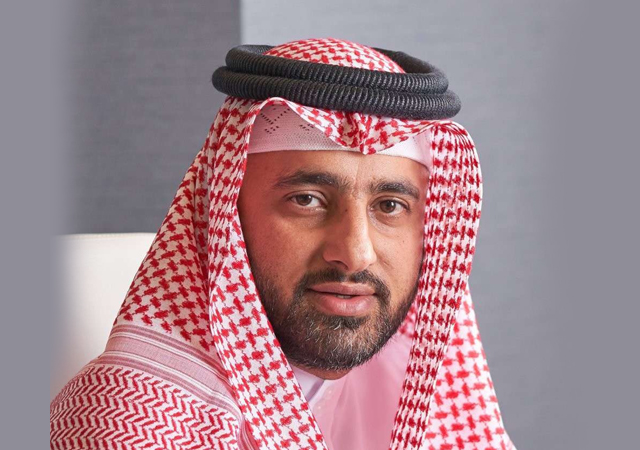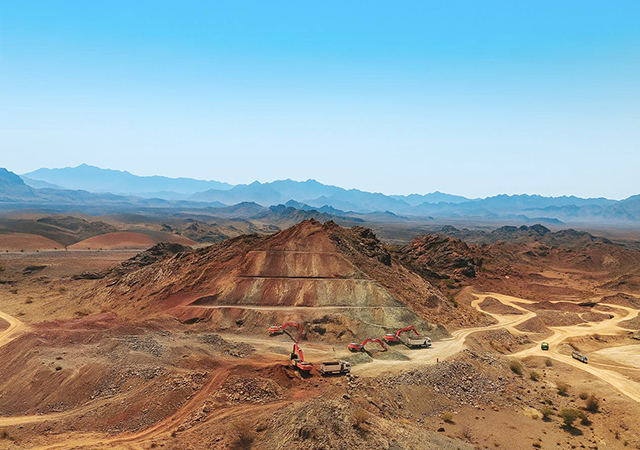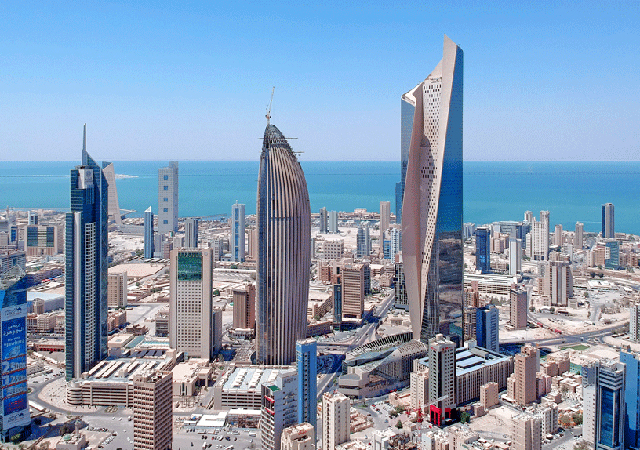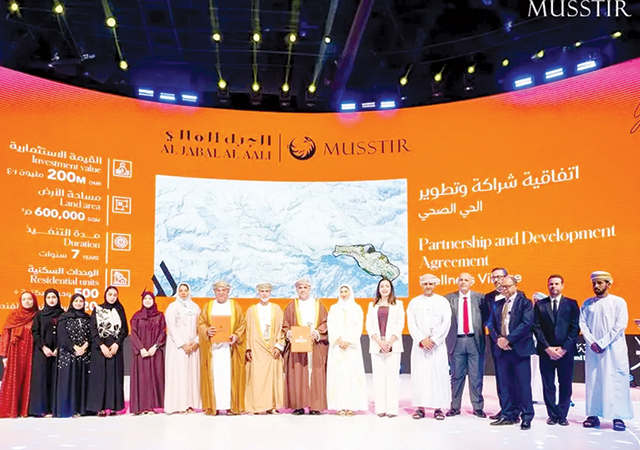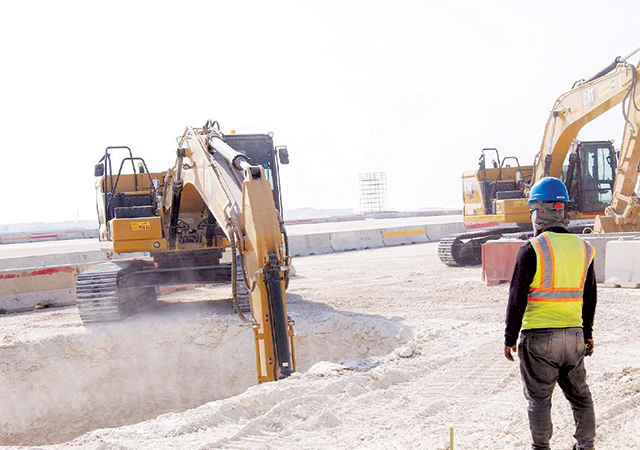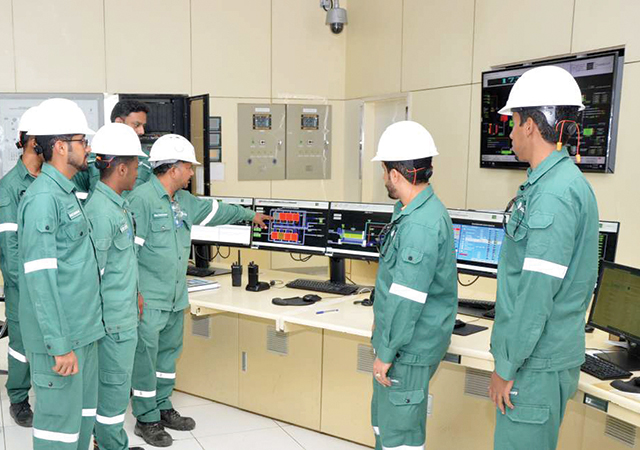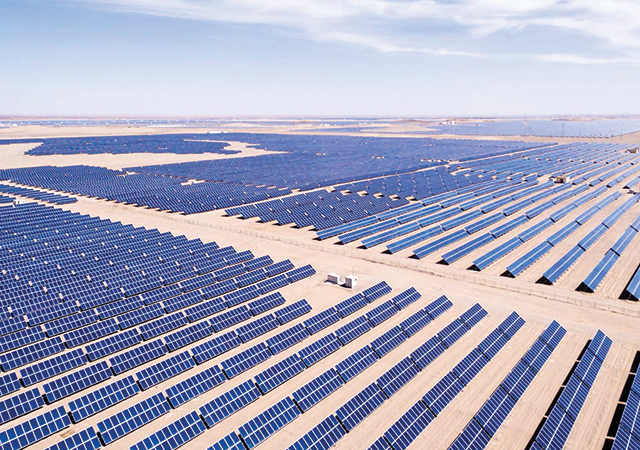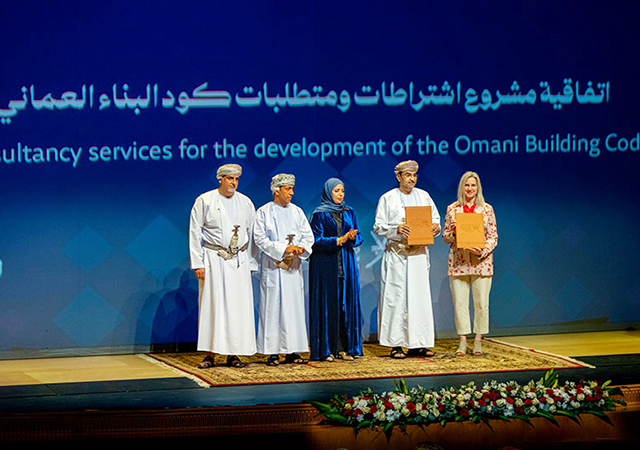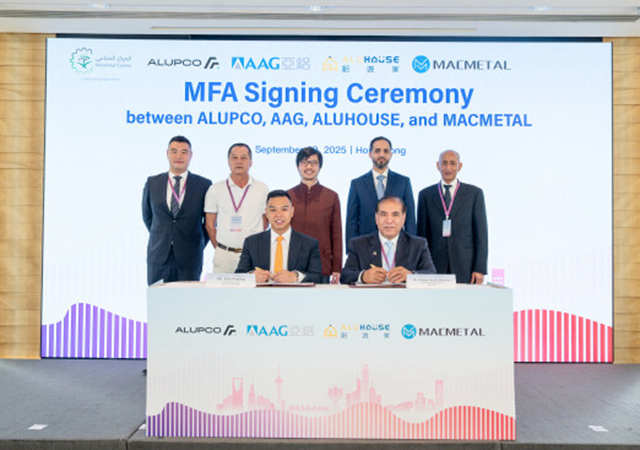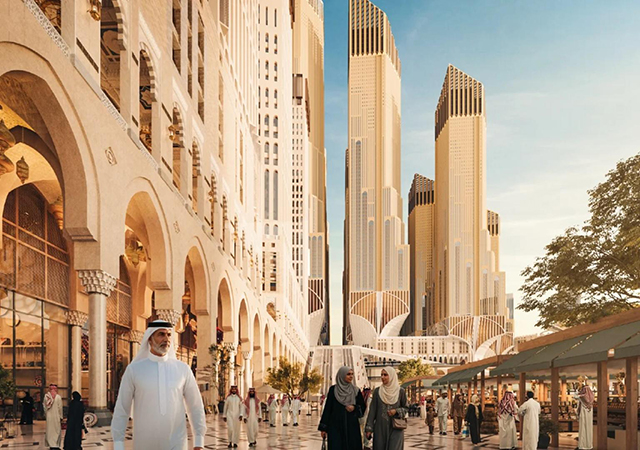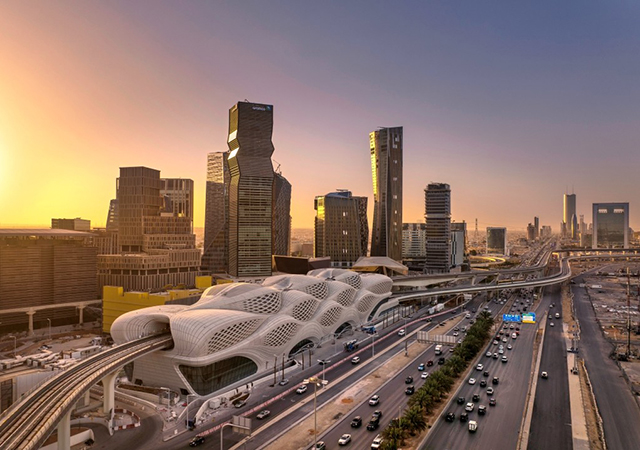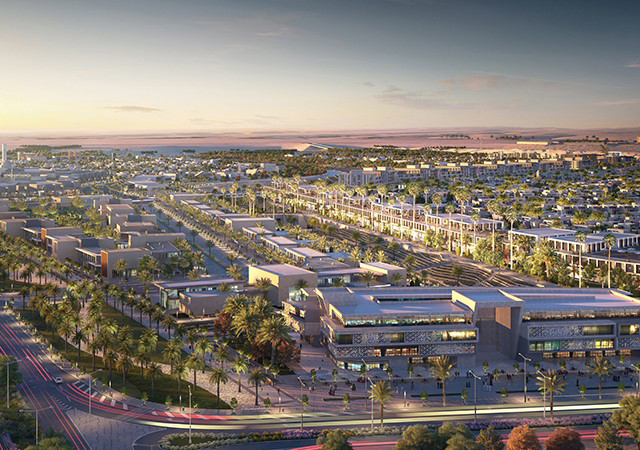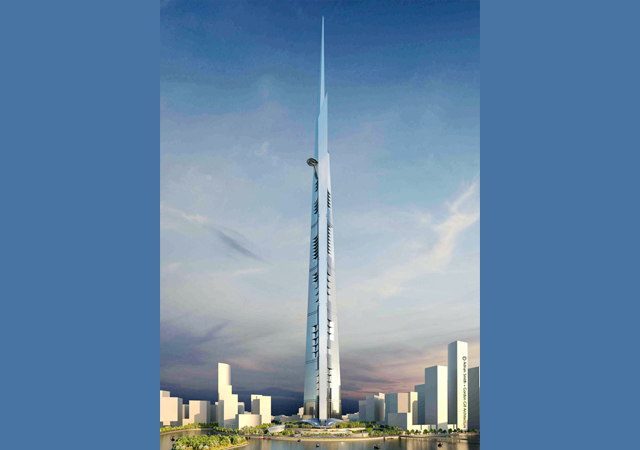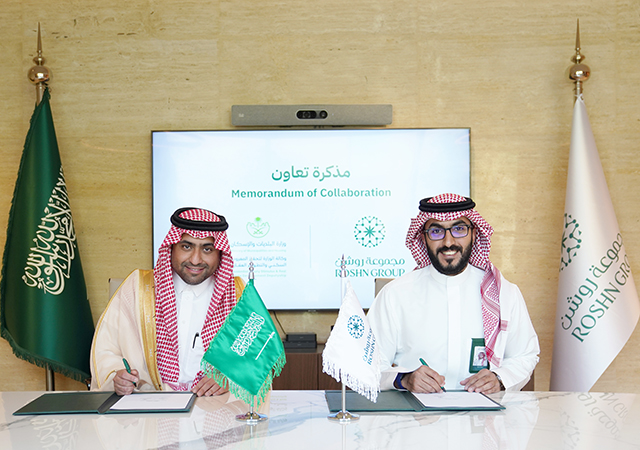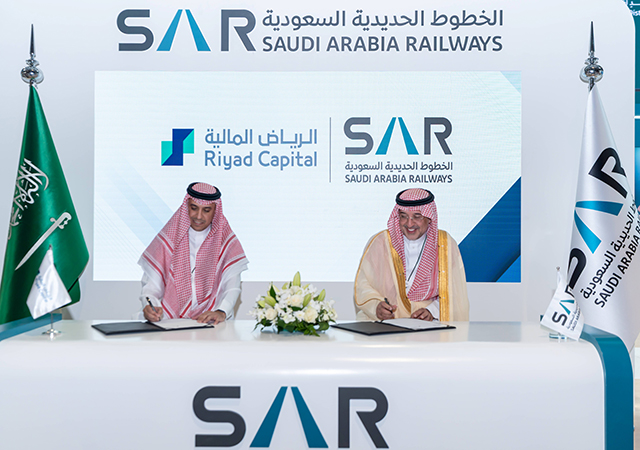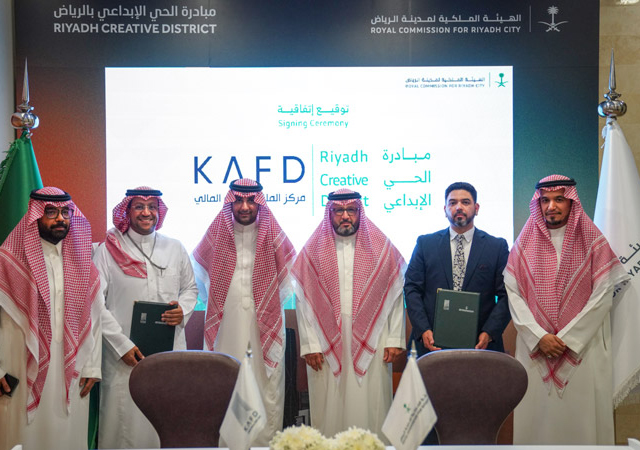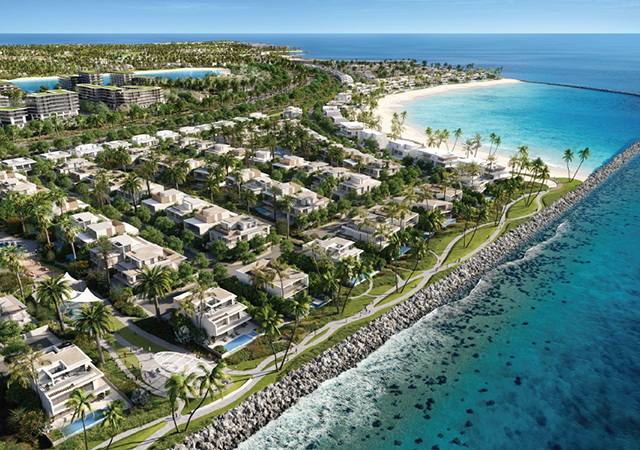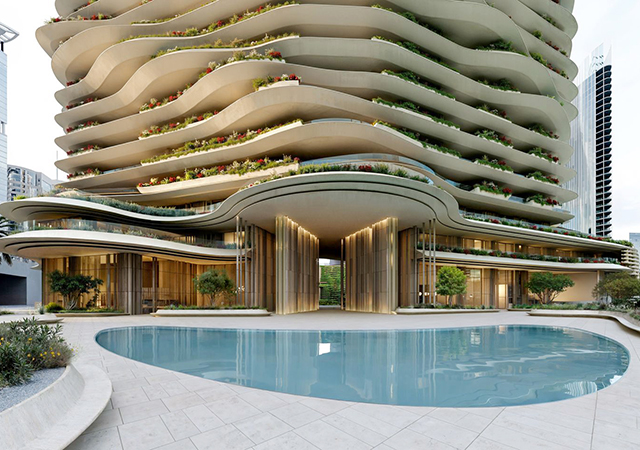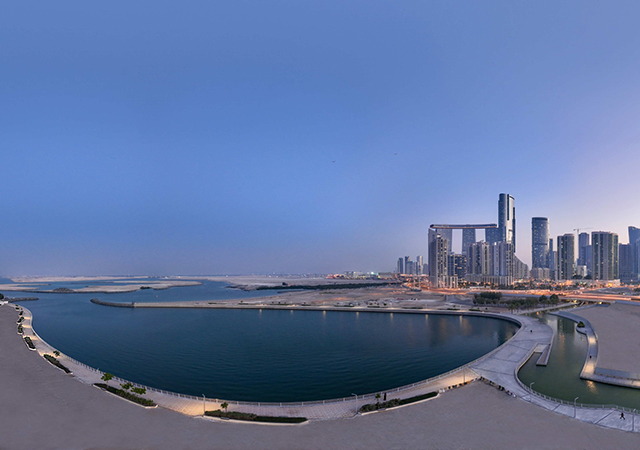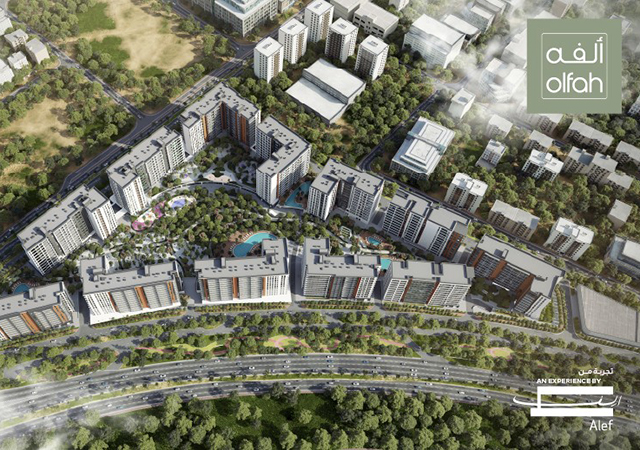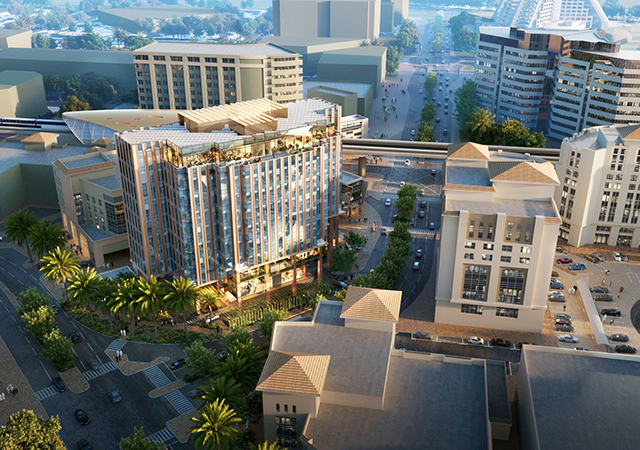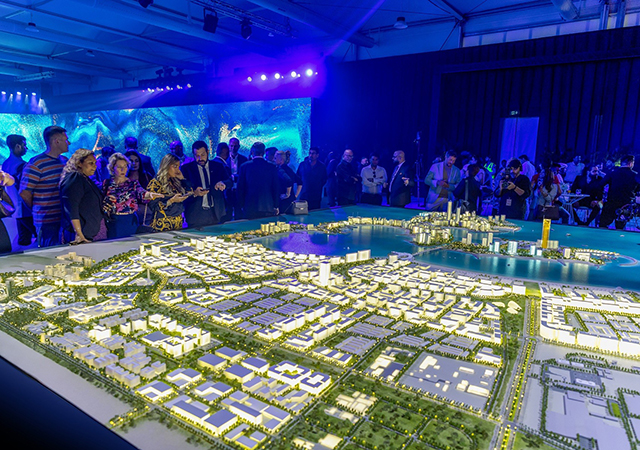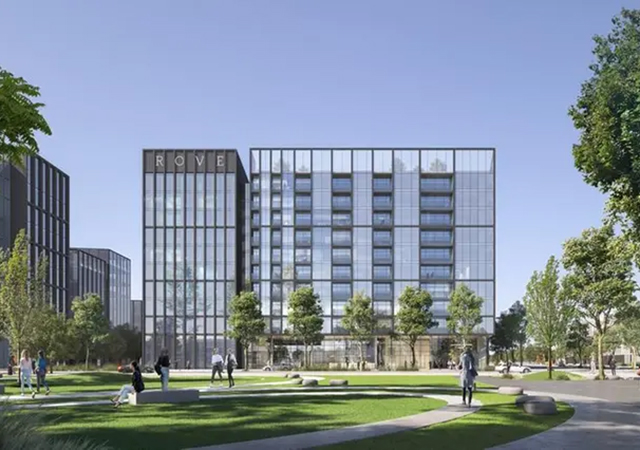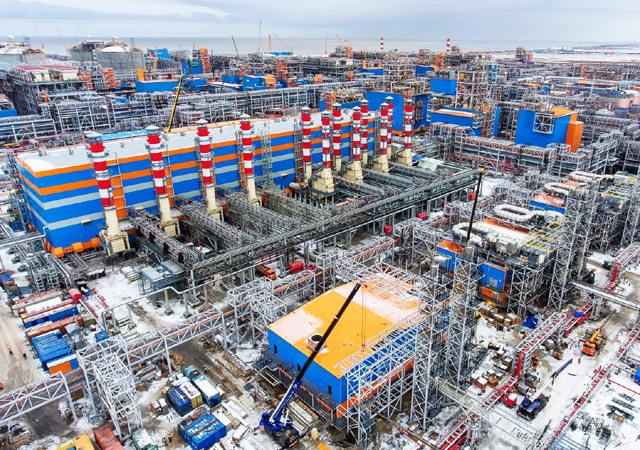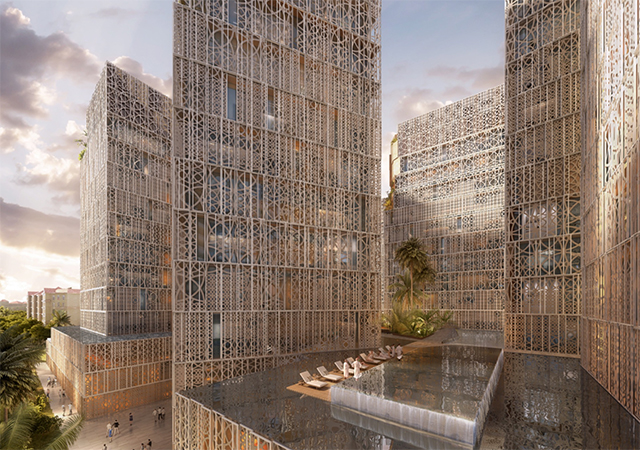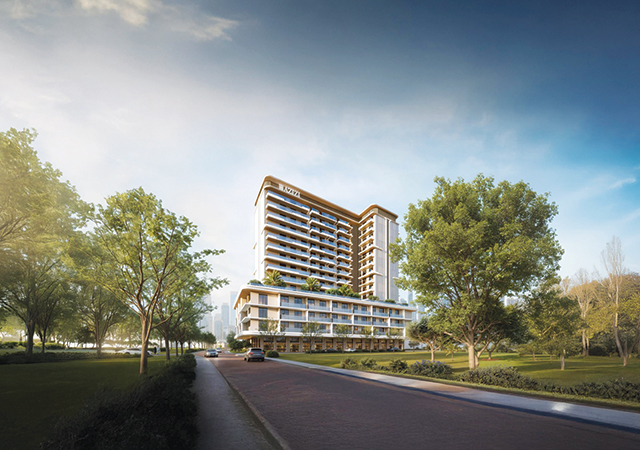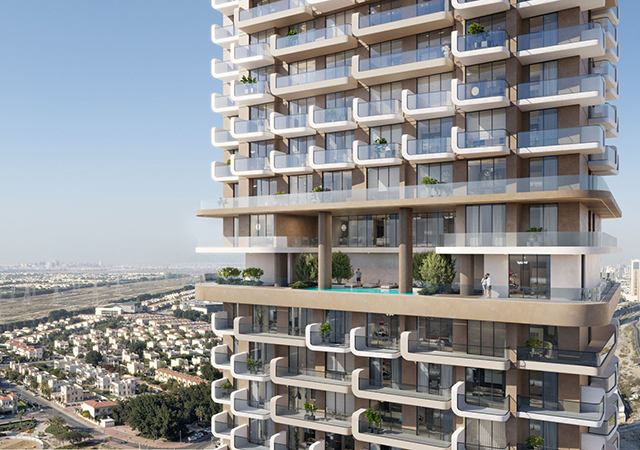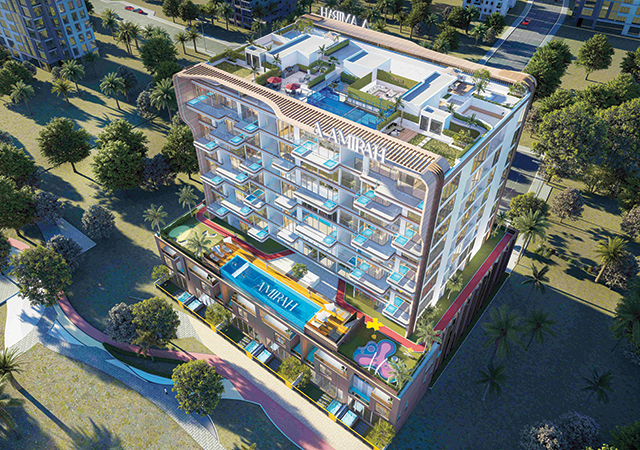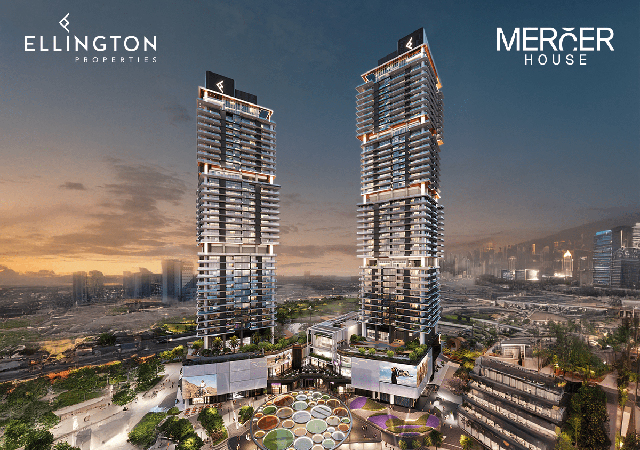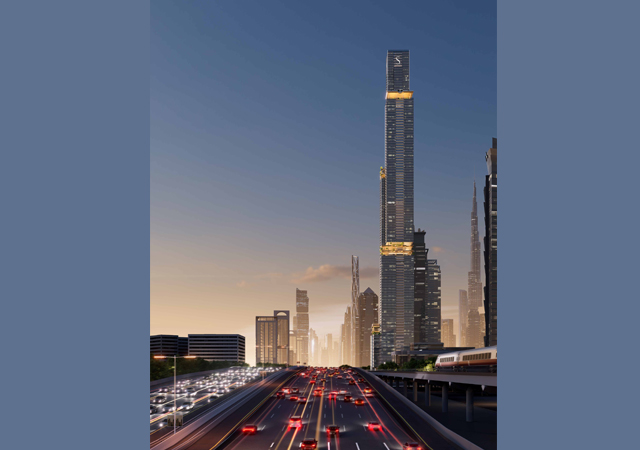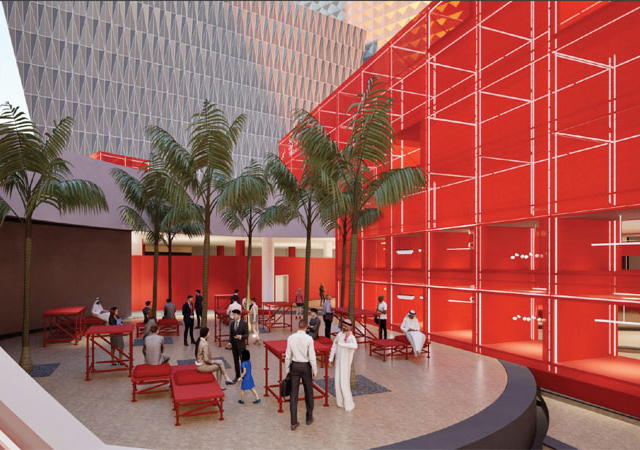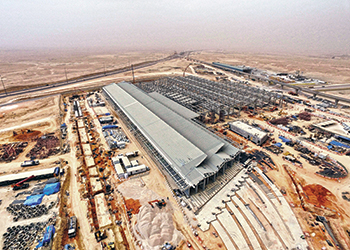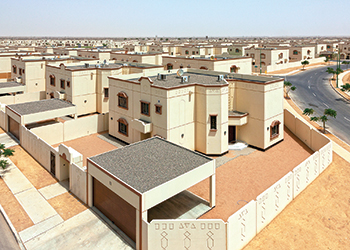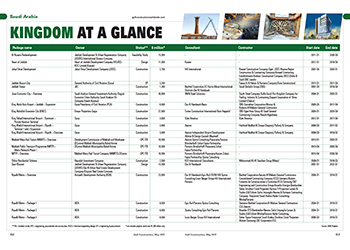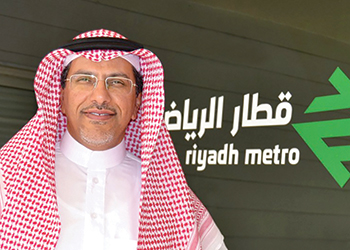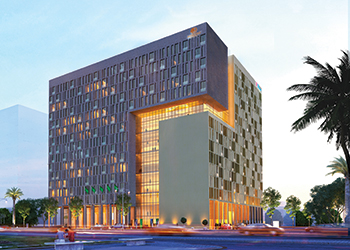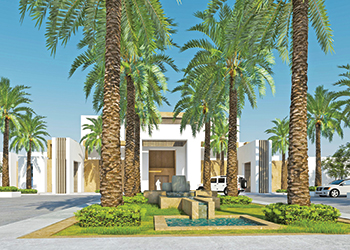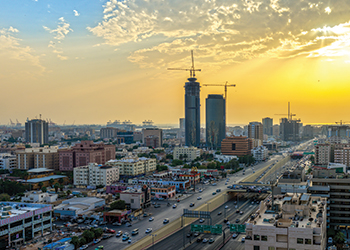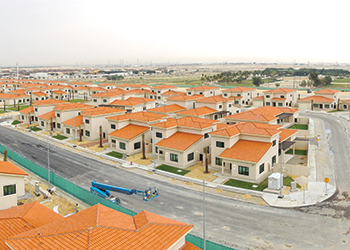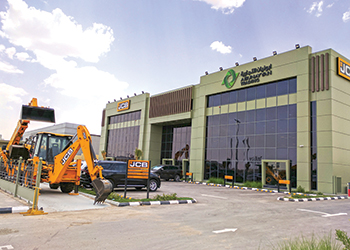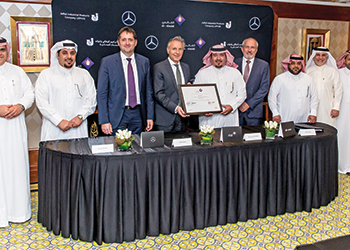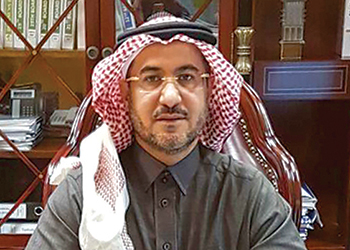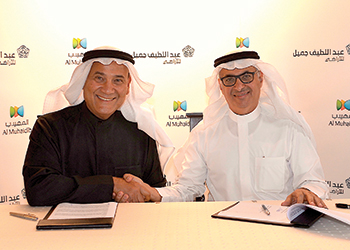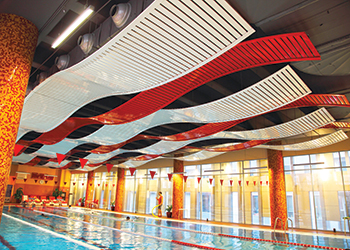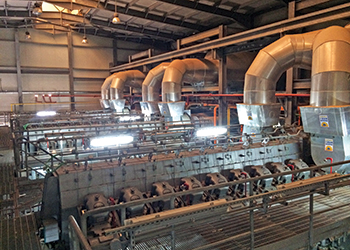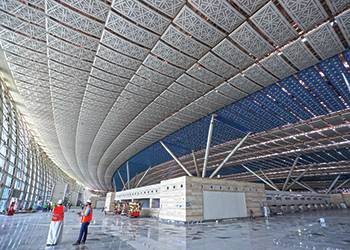
 King Abdulaziz International Airport Jeddah ... nearing completion.
King Abdulaziz International Airport Jeddah ... nearing completion.
Saudi Arabia is fast tracking its economy to wean it off oil revenues. Key to these endeavours are the Vision 2030 and National Transformation Programme.
With its Vision 2030, Saudi Arabia last year set in motion a long-term strategy aimed at reducing its dependence on oil revenues and building a more sustainable economy. Clearly with the plummeting oil prices, the kingdom needed to act fast – and to spearhead this vision it launched the five-year National Transformation Programme (NTP) which has been backed by a 2017 budget that confirms where Saudi Arabia’s priorities lie.
The kingdom has undoubtedly been reeling under the pressures of the sustained low oil prices and the instability at its borders, in Yemen, Iraq and Syria. However, despite the difficult economic conditions, this year’s SR890 billion ($237.28 billion) budget envisages an eight per cent increase in spending compared to the SR825 billion ($219.89 billion) allocated for 2016. The budget has allocated SR42 billion ($11.2 billion) for the initiatives under the NTP programme, in addition to projects that were previously approved.
The 2017 budget projects infrastructure and transport expenditures of SR52.16 billion ($13.90 billion), against SR30.83 billion ($8.22 billion) allocated for 2016 – when actual expenditure was SR37.58 billion ($10.02 billion) – indicating that the government will remain committed to core infrastructure projects even amidst the financial pressure.
Under the NTP, infrastructural development – primarily transportation networks, both air and land – will take on increasing importance, while the private sector will be encouraged to invest in financing, building and operating the kingdom’s infrastructure assets, not only in power generation and airports – which has previously seen private sector involvement – but also in housing, railways, metros and roads.
Following the announcement of the NTP, Saudi Arabia took the important step of releasing payments to contractors that were withheld as the nation made budgetary adjustments in light of lower oil prices. This has brought a breather into the market that was suffering through the lack of liquidity down the construction food chain.
Particularly affected were contractors – many of which had to close shop – with the plight of two of Saudi Arabia’s largest contractors, Saudi Binladin Group (SBG) and Saudi Oger, having made the headlines over the past year. SBG suffered a double whammy through the delayed payments issue as well as suspension from receiving new state contracts after one of its cranes toppled into Makkah’s Grand Mosque during a storm, killing 107 people. The ban has since been lifted and the Saudi finance ministry resumed payments for its work on government projects last September.
Saudi Oger is still waiting for the outcome of a government-commissioned review to determine how much the company is owed in outstanding payments and whether it would continue working on projects worth billions of dollars in the kingdom, according to banking sources. According to reports, the government owes Oger about SR30 billion ($8 billion) for work it has completed.
Another significant measure taken by Saudi government was the introduction of a 2.5 per cent annual tax on undeveloped urban land and rules allowing foreign investors to own 100 per cent of retail and wholesale businesses. The measure aims to help resolve a shortage of affordable housing in the kingdom by putting more unused land on the market where it can be acquired by developers.
The introduction of new ‘white land tax’ marks a big step for the world’s top oil exporting country in addressing its housing shortage. Analysts estimate that 40 to 50 per cent of the land within major cities remains vacant, much of which is owned by wealthy individuals or companies that have tended to hold or trade it for speculative profits rather than developing it for housing.
The tax is expected to increase investment in the property sector, stabilise the market and see major developments over the next two years.
According to Mansour Abu Riyash, chairman of the real estate committee at Makkah Chamber of Commerce and Industry, the tax would see property prices drop between 20 and 40 per cent over the next two years, then stabilise and boost the market over the next three years.
According the global research firm BMI Research, 2017 will be a year of slow growth in the Saudi construction sector as the effects of last year’s liquidity issues and the government’s realignment of its project pipeline continue to drag on growth.
BMI forecasts an overall construction growth of 1.9 per cent year-on-year for 2017, largely driven by an uptick in oil prices, government capital allocations to infrastructure in the 2017 budget and a gradual resumption of normal operations by contractors following payments by the government.
According to the research firm, Vision 2030 will be key to opening up the infrastructure market, with the potential of private investment in the transport sectors. It forecasts a continued lull of large-scale investment plans in the short term as concerns over the economy remain.
Commenting on some of the weaknesses of the Saudi market, BMI Research points out that the Saudi construction market relies heavily on government contracts rather than a free market driven by the private sector. Also, there is much duplication of regulation and a burdensome bureaucracy.
Saudi Arabia reli es heavily on immigrant workers, and the government’s recent efforts to increase national employment and crack down on visas for these workers created a steep labour shortage as many were forced to leave the country.
Nevertheless, it adds that increasing private investment should provide opportunities for large foreign contractors to increase their involvement in the country, especially with the economic diversification driven by Vision 2030 and the NTP.
While forecasting a moderate recovery in growth in the construction sector over 2017, BMI says 2018 will see the sector return to a stronger growth trajectory as contract awards gather pace, with the Makkah Metro being the most widely anticipated project. It cautions, however, that there remain concerns over substantial cuts to the Saudi infrastructure project pipeline as the implementation of the recently-established National Project Management Office (NPMO) looks to make spending efficiencies.
In line with plans to reduce government spending, BMI indicates that Ministry of Transport projects will be 20 per cent self-financed, providing significant scope for private participation in ports, airports, rail and road infrastructure.
Saudi Arabia has several big-ticket projects under way, including the $17.2-billion Grand Mosque expansion in Makkah, to be completed by 2019 and the $6.7-billion expansion of the Prophet’s Mosque in Madinah. Religious tourism continues to propel development in these two holy cities and these projects remain a top state priority and are expected to be completed on schedule, despite widespread delays in the construction sector.
Another impressive project that has gone full speed ahead is the $23-billion Riyadh Metro. Work is also continuing on mega developments such as the $1.8-billion kilometre-high Jeddah Tower, due for completion in 2020, the $3.5-billion Abraj Kudai development in Makkah and major airport developments such as the expansion of King Abdulaziz International Airport in Jeddah and the King Khalid International Airport in Riyadh as well as new regional airports. The General Authority of Civil Aviation (GACA) is gearing up to move ahead with two key airport projects at Qunfudah and Taif.
Real estate
The Saudi Vision 2030 and the NTP are expected to support the kingdom’s real estate sector, which has been under pressure due to challenges of the weakened spending power.
In an effort to diversify the economy and open the real estate market to smaller investors, the capital market authority introduced new rules in 2016 allowing the formation of the Real Estate Investment Traded Funds (REITs) on the local stock exchange.
According to JLL, the market is optimistic that by introducing REITs, the NTP’s goal to increase real estate contribution to GDP from five to 10 per cent annually will be achieved in addition to creating more transparency in the market.
Makkah and Madinah continue to witness phenomenal growth to meet the anticipated surge in pilgrim numbers once the expansions of the two holy mosques are completed.
Apart from these holy cities, a key project that has registered impressive growth is the King Abdullah Economic City (KAEC), the world’s largest privately-funded new city, which last year awarded contracts worth SR1.6 billion ($426 million) for its upcoming residential and industrial development projects.
A prestigious project that is nearing completion in Jeddah is the luxurious two-tower residential development Bayat Plaza, which is expected to be handed over by the year-end (Clear vision).
Another impressive addition to Jeddah skyline will be a SR1.2-billion ($320 million) waterfront development at Obhur, planned by Cayan Group, which features two towers, one of which is a five-star hotel and the other, branded residences.
Also in Riyadh, the glitzy $10-billion King Abdullah Financial District (KAFD) in Riyadh hopes to open its first phase for business this year but is struggling with red tape and uncertainty about its ownership. In an attempt to rescue the floundering project, the government had indicated last year that its ownership would be transferred to the Public Investment Fund (PIF) from the Public Pension Agency (PPA) – an idea which is reported to have been abandoned.
Construction of KAFD began over a decade ago, but the project has been plagued by construction delays, cost overruns and doubts about finding enough tenants. Current plans include opening the first phase of the development within the next three months.
Tourist facilities
Saudi Arabia is expected see 68 new hotels and 29,033 hotel rooms open across its major cities in 2017. Major new hotels scheduled to open this year include Assila Hotel Rocco Forte, Time Qurayyat Hotel, Nobu Hotel Riyadh, Swiss-Belhotel Al Khobar and the Abraj Kudai Towers, which will become the world’s biggest hotel when it opens its 10,000 rooms by the year-end.
Pecsa, a joint venture between South Korea’s Posco Engineering and Construction Company and the Saudi Public Investment Fund, is building five four-star hotel towers in Madinah. Other hotel projects under way include the DoubleTree by Hilton and Hilton Garden Inn Development in Riyadh (Two in one) and the Four Points by Sheraton Unaizah (Desert retreat).
In a bid to encourage in-country tourism, Saudi Arabia has been expanding its tourism facilities with latest projects including a massive cultural, sports and entertainment city in Al Qidiya, southwest of Riyadh (see Saudi Focus).
Saudi Arabia opened of its first indoor snow theme park – Snow City – at Al Othaim Mall Rabwa in Riyadh last year.
Among other developments, Fawaz Abdulaziz Al Hokair Company has won a major contract to develop a commercial and entertainment district adjacent to King Abdulaziz International Airport in Jeddah. The King Abdulaziz International Airport City will boast two hotels and commercial and administrative centres.
In the retail sector, the kingdom is seeing the development of several mall complexes. The UAE-headquartered Majid Al Futtaim is developing two new landmark malls in Riyadh – namely the Mall of Saudi and City Centre Ishbiliyah – at a cost of SR14 billion ($3.73 billion).
Saudi Arabia’s Al Rugaib Holding Company intends to build the Al Thumama Mall, which will include a 250-room hotel, a shopping mall, 350 serviced apartments, which is to open in April 2018.
Other shopping facilities being developed include The Avenues, a $1.9-billion shopping mall in the Eastern Province.
Industry
Saudi Arabia’s oil giant Aramco plans to invest a total of about $334 billion by 2025, including on infrastructure and projects to maintain oil capacity. Also, under the sweeping economic reform programme announced last year, Aramco is to play a big role in developing industrial projects in the kingdom.
Among its projects is the clean fuels project at the Ras Tanura refinery and terminal. The $2-billion-plus scheme will remove sulphur from refined oil products.
It is also building a $2-billion industrial gas complex to serve its $7-billion Jazan refinery and terminal. Once ready, the complex will supply a total of 75,000 tonnes per day of industrial gas for 20 years to the refinery.
Last July, Aramco signed deals to build a SR50-billion-plus ($13.33 billion) gas project in Fadhili and has said more projects are in the pipeline to keep up with growing gas demand for power generation and industry.
Together with Wasit and Midyan – Saudi Aramco’s two other new major gas projects – Fadhili will add more than 5 billion standard cu ft per day (SCFD) of non-associated gas processing capacity. The increase in the supply of natural gas will grow above 17 billion SCFD by 2020, enabling opportunities in steel, aluminium, and downstream value-added industries.
Aramco is likely to start work on a giant ship repair and shipbuilding complex at a cost of SR20 billion ($5.32 billion) next year. The facility, which will come up at Ras Al Khair on the kingdom’s east coast, will be developed jointly by its partners National Shipping Company of Saudi Arabia (Bahri), Korea’s Hyundai Heavy Industries and UAE engineering firm Lamprell.
Meanwhile, work is nearing completion on the much-delayed PetroRabigh expansion, raising its cost to SR34 billion ($9.1 billion). Under the second phase, an ethane cracker is being expanded and a new aromatics complex will be built.
Also, the US’s Bechtel has signed a five-year contract extension with the Royal Commission for Jubail and Yanbu to continue its management services work at Jubail and Ras Al Khair industrial cities.



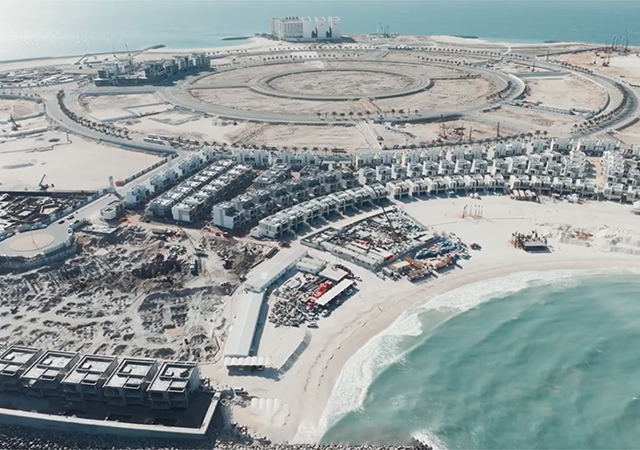

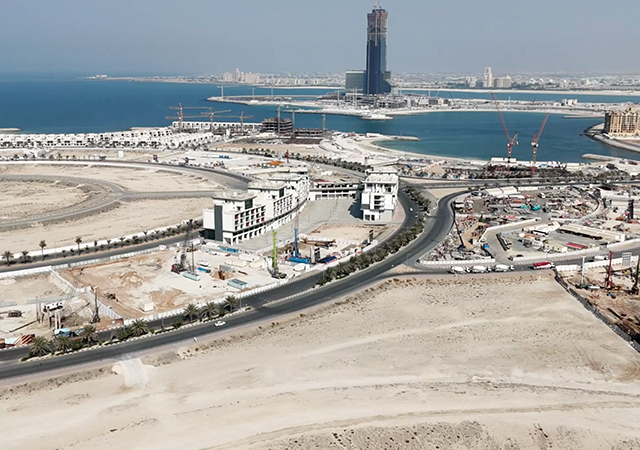
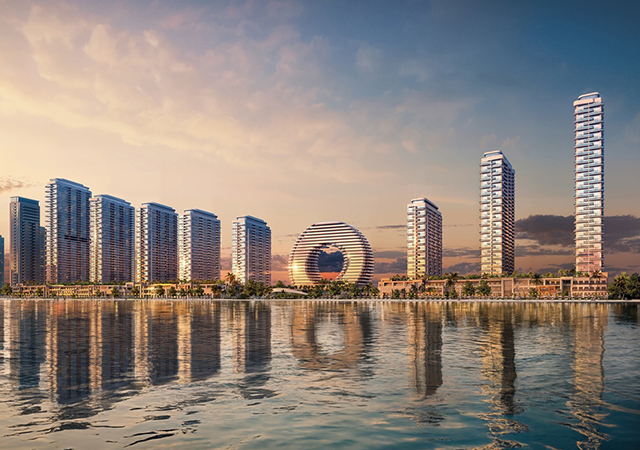
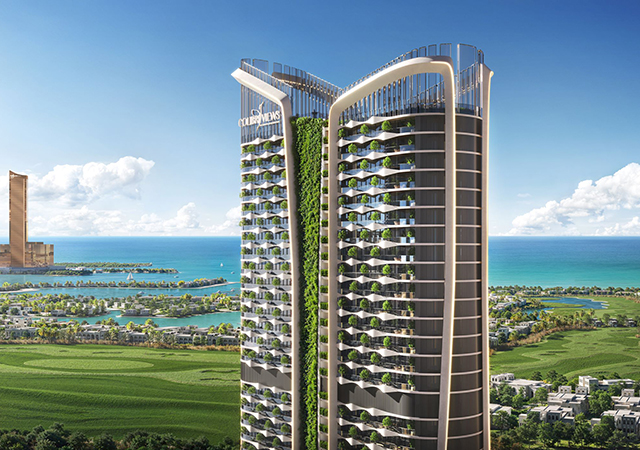
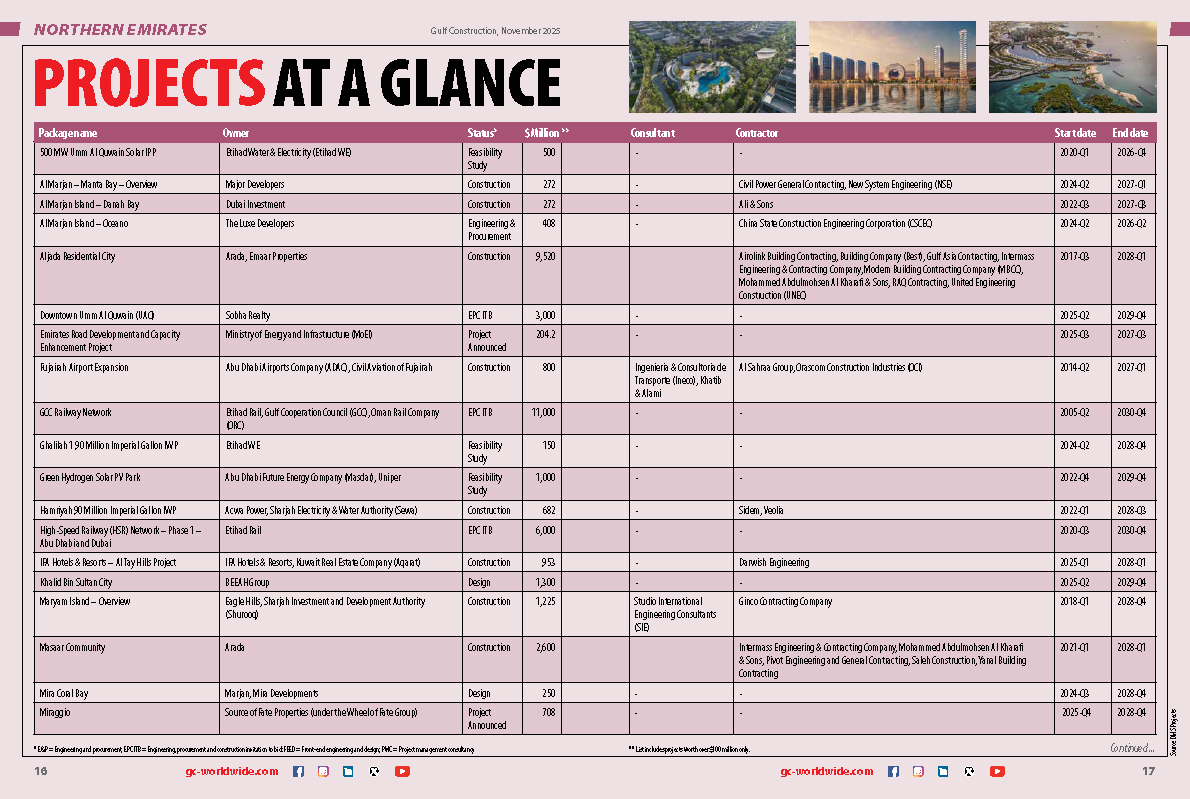
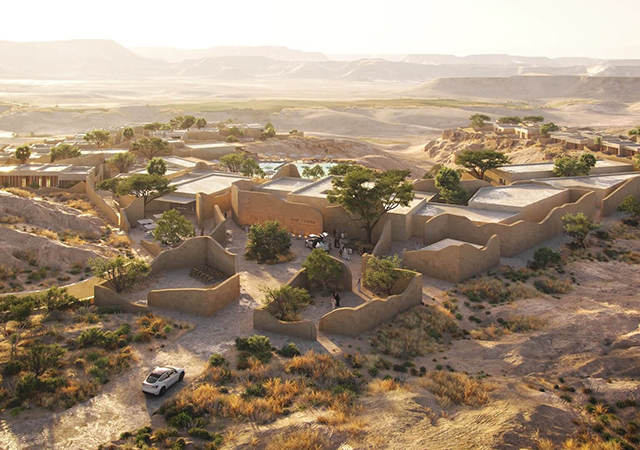

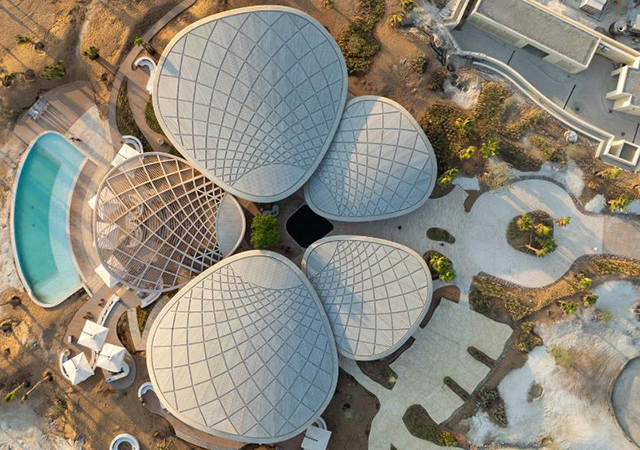

(5).jpg)
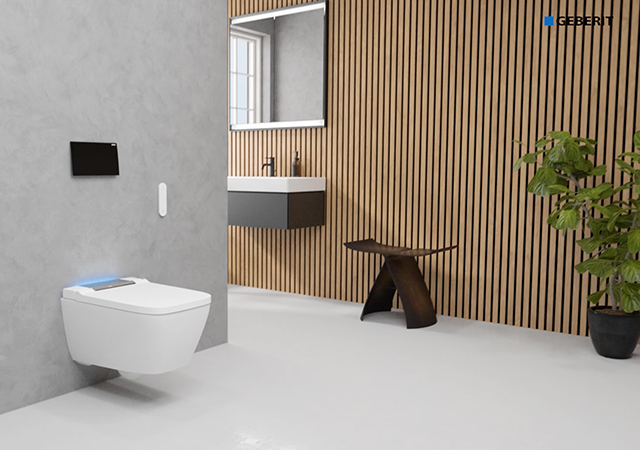
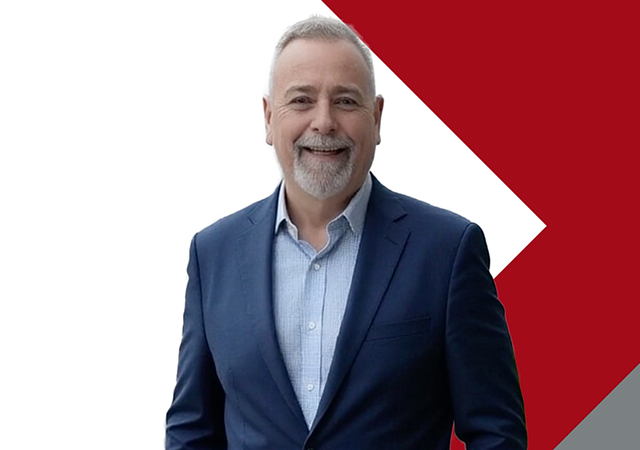
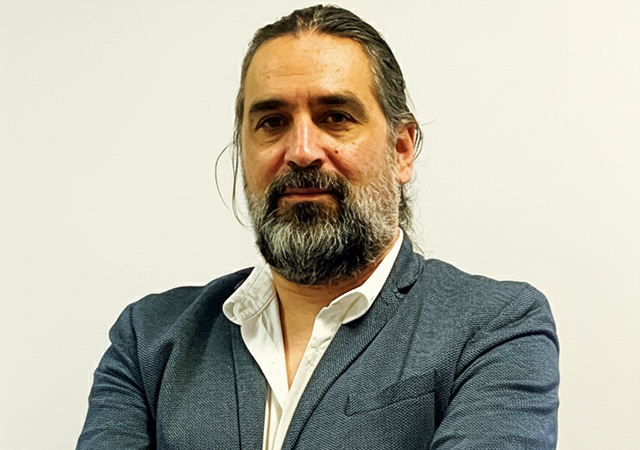
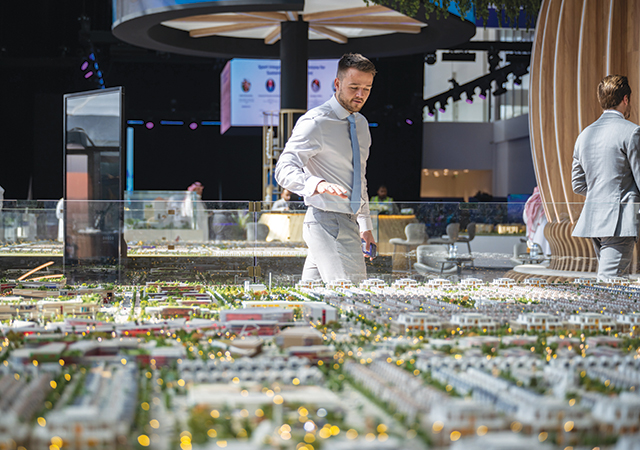
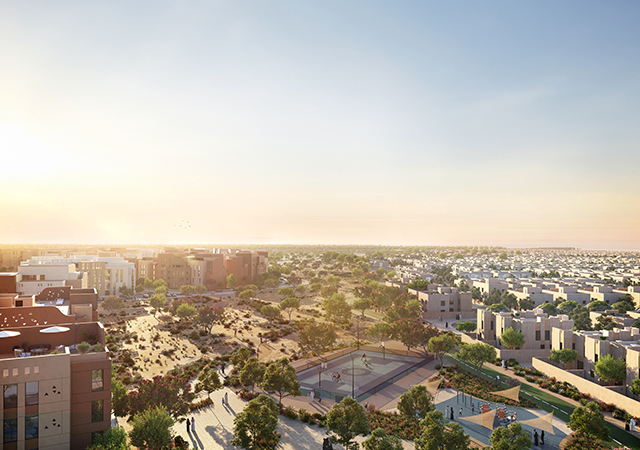
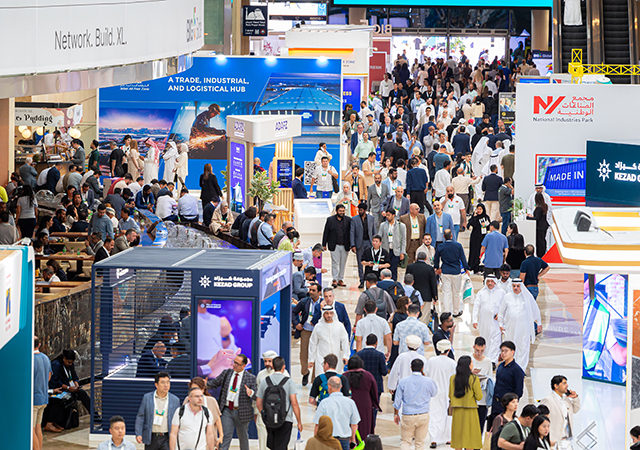

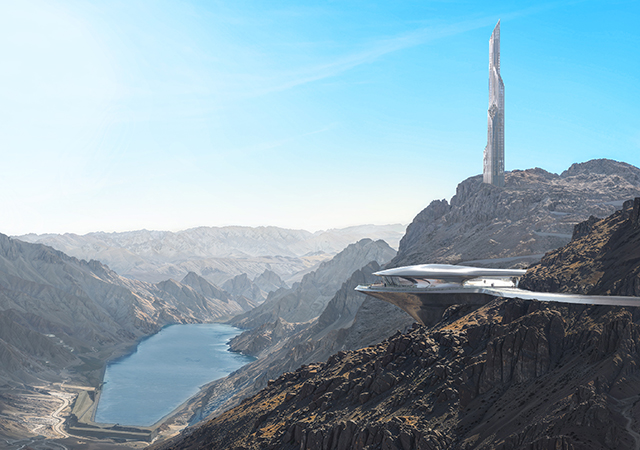
.jpg)
